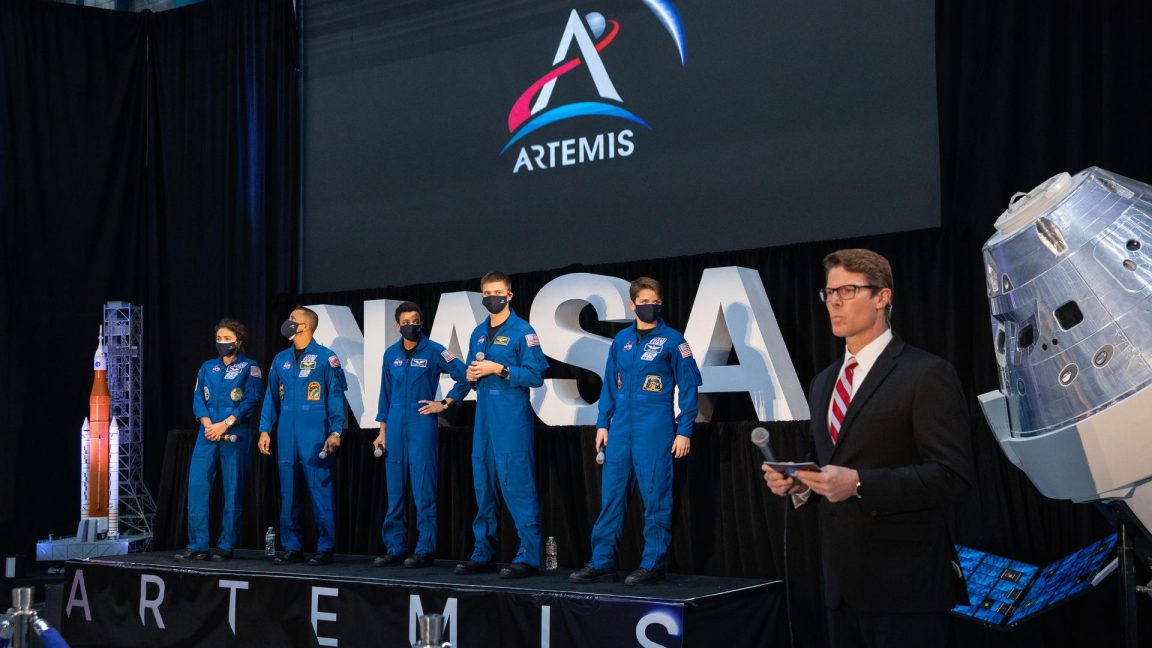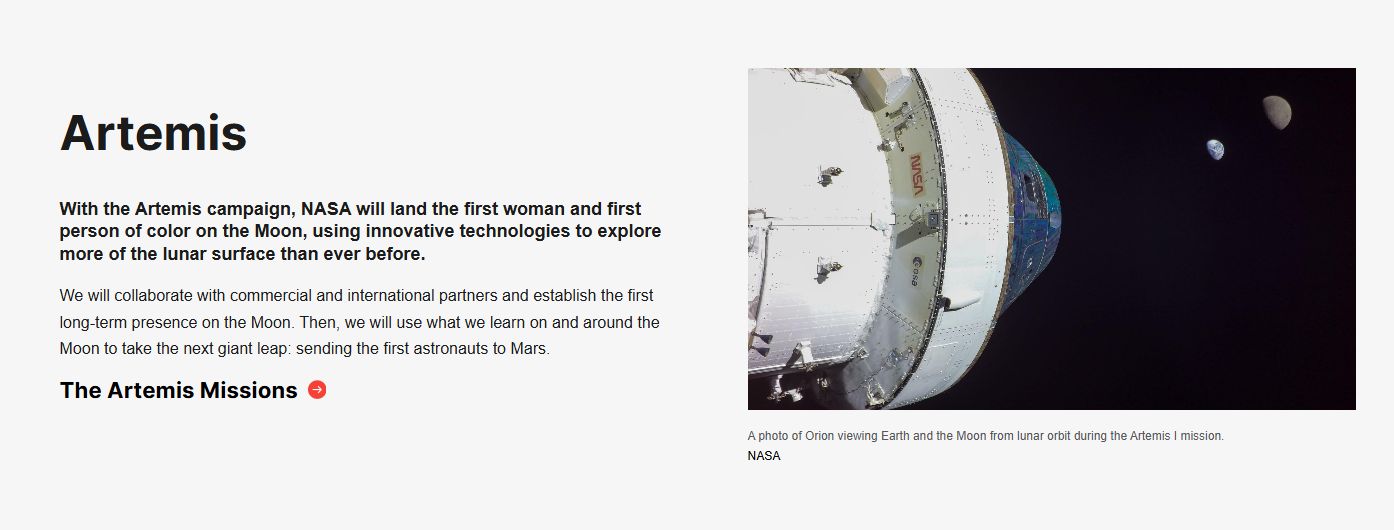About five years ago, the Trump-appointed administrator of NASA, Jim Bridenstine, revealed the name of the program that would return humans to the Moon. It was to be Artemis, from a Greek goddess who was the twin sister of Apollo.
The symbolism was clear. NASA’s second human program to the Moon would be different: We were going to stay this time, there would be more international partnership, and instead of being all-male, the crews would include women. Shortly thereafter, NASA began to refer to Artemis as a program that would land the "first woman" on the Moon. Soon, an additional bit of diversity was added: “and the first person of color.”
One of the very last acts of the first Trump administration in regard to space was to name a cadre of astronauts that would fly as part of the Artemis Program. This subset of 18 people within NASA’s corps of four dozen active astronauts skewed significantly more female and minority than the general corps.
"It is amazing to think that the next man and first woman on the Moon are among the names that we just read. The Artemis Team astronauts are the future of American space exploration, and that future is bright," then-Vice President Mike Pence said in 2020.
Callie goes to the Moon, then gets memory-holed
The Biden administration embraced this vision and made few major changes to Artemis over the next four years. They leaned into the idea of flying a woman to the Moon in September 2021, when the space agency released a graphic novel titled "First Woman." This was a fictional story about a character named Callie Rodriguez and her group of diverse crewmates as they explored the Moon. The space agency released subsequent editions about their ongoing adventures.
"Diversity is at the core of NASA’s missions and the reason we continue breaking the boundaries of what’s possible," NASA Administrator Bill Nelson said in 2023. "First Woman embodies the rich history of countless women who broke barriers and continue to lead NASA to the stars."




 Loading comments...
Loading comments...
